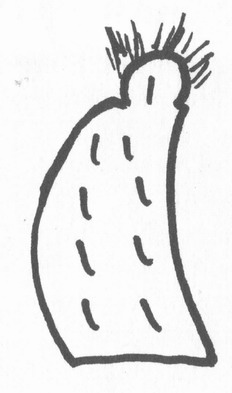
Smallpox Culture

Perhaps even more important than the contact between peoples was the exchange of viruses. This was a one-sided exchange, because the dense populations of Europe, with their techniques of animal husbandry, had led to numerous diseases leaping from animal populations to humans. Smallpox was one of these which reappeared every generation in Europe and to which Europeans had developed a resistance, leaving them vulnerable but less susceptible and less likely to die than aboriginal populations in the New World who had never experienced such diseases.
The isolated position of the Tsilhqot’in may have protected them from the first of the European epidemics which spread up from Mexico in the 1770s. Likewise, they may have been spared the smallpox epidemic of 1800 and the measles of the 1840s. When the smallpox epidemic of 1862 reached the borders of the Tsilhqot’in in the summer of that year, it was still a possibility that their isolation could protect them. But now, they had Europeans trying to build a road into their territory from two directions, miners passing through, and perhaps some unscrupulous trading partners. By the time of the events of 1864, smallpox had dramatically altered the Chilcotin Plateau.
Books
- R. C. Lundin Brown, Klatsassan, and Other Reminiscences of Missionary Life in British Columbia, 1873
Colonial Correspondence
- Henry Ball, Letter to the Colonial Secretary of British Columbia, July 6, 1862
- A.C. Elliott, Letter to Young, December 10, 1862
- Thomas Elwyn, Letter to the Colonial Secretary of Vancouver Island, December 17, 1862
- Thomas Elwyn, Letter to the Colonial Secretary of Vancouver Island, January 27, 1863
- R.C. Lundin Brown, Letter to Murray Raycroft, February 18, 1863
- William Duncan, Letter to James Douglas, March 6, 1863
Miscellaneous
Newspaper or Magazine Articles
- British Colonist, Arrival of the Brother Jonathan, British Colonist, March 13, 1862
- British Colonist, Small Pox, British Colonist, March 19, 1862
- British Colonist, The Small Pox at New Westminster, British Colonist, March 22, 1862
- British Colonist, Small Pox, British Colonist, March 27, 1862
- Daily Press, Indians Vaccinated, Daily Press, March 27, 1862
- British Colonist, Small Pox, British Colonist, March 28, 1862
- British Colonist, The Small Pox and the Indians, British Colonist, April 26, 1862
- Daily Press, Removal of the Indians, Daily Press, April 28, 1862
- British Colonist, The Small-Pox Among the Indians, British Colonist, April 28, 1862
- British Colonist, The Small Pox, British Colonist, April 29, 1862
- Daily Press, Migration of the Indians, Daily Press, May 11, 1862
- British Colonist, Good Bye to the Northerners, British Colonist, June 12, 1862
- Daily Press, Small-Pox Among the Indians, Daily Press, June 15, 1862
- Daily Press, From Bentinck Arm, Daily Press, June 22, 1862
- British Columbian, Small-Pox at Victoria, British Columbian, June 25, 1862
- The British Colonist, Important from the Coast Route - Destitution and Suffering, The British Colonist, July 22, 1862
- British Colonist, Four Days Later from Bentinck Arm, British Colonist, August 27, 1862
- British Colonist, An Indian War Impending, British Colonist, August 30, 1862
- British Colonist, Lillooet Letter, British Colonist, December 9, 1862
- British Colonist, Latest from Bentinck Arm, British Colonist, January 15, 1863
- British Colonist, Latest News from British Columbia, British Colonist, January 15, 1863
- British Colonist, News from Cariboo!, British Colonist, February 27, 1863
- Verax, To the Editor of 'The British Columbian', The British Columbian, June 22, 1864
Oral History or Interview